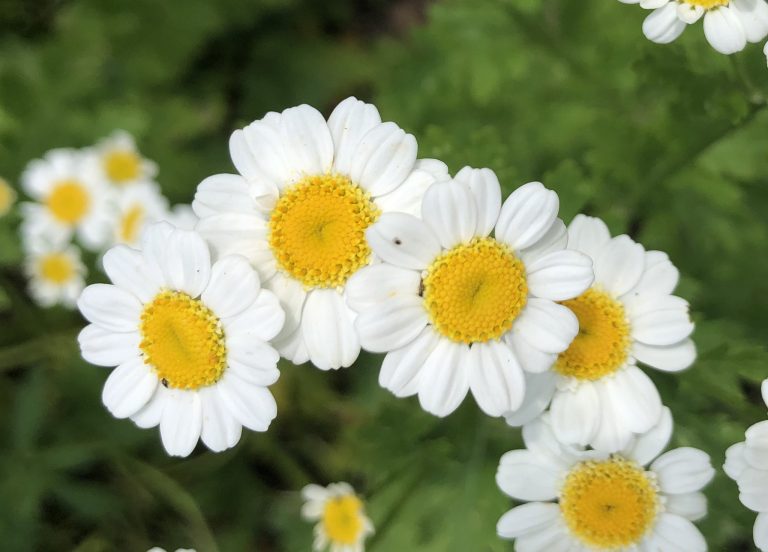Sound therapy is an increasingly popular energy practice that dates back to prehistoric times. Historically used in many traditional cultures to invoke spiritual awakening, reduce pain, promote healing and restore balance; sound therapy takes many forms – all dependent on vibrational frequencies.
Whether we can sense it outwardly or not, everything in the universe is buzzing with vibrations. Many of these are picked up by our ears as sound, while others can be felt, by sensitive individuals, as subtle changes in energy. The “vibes” you get from positive or negative people are a good example.
In this series, we will look at how sounds and vibrations affect us physically and mentally, various theories on the significance of specific frequencies, and a number of ways you can experience the benefits of sound therapy. But first, we should become familiar with the impressive integration of sound and healing apparent in ancient civilizations and cultures.
Ancient history of sound therapy
Some of the earliest civilizations recognized today seem to have possessed a deep knowledge of the healing effects sound can have on the human body. Applied independently in similar ways all around the world, sound was used to help people reconnect to their divine side, which is naturally free of illness.
Harmonic temples of Egypt
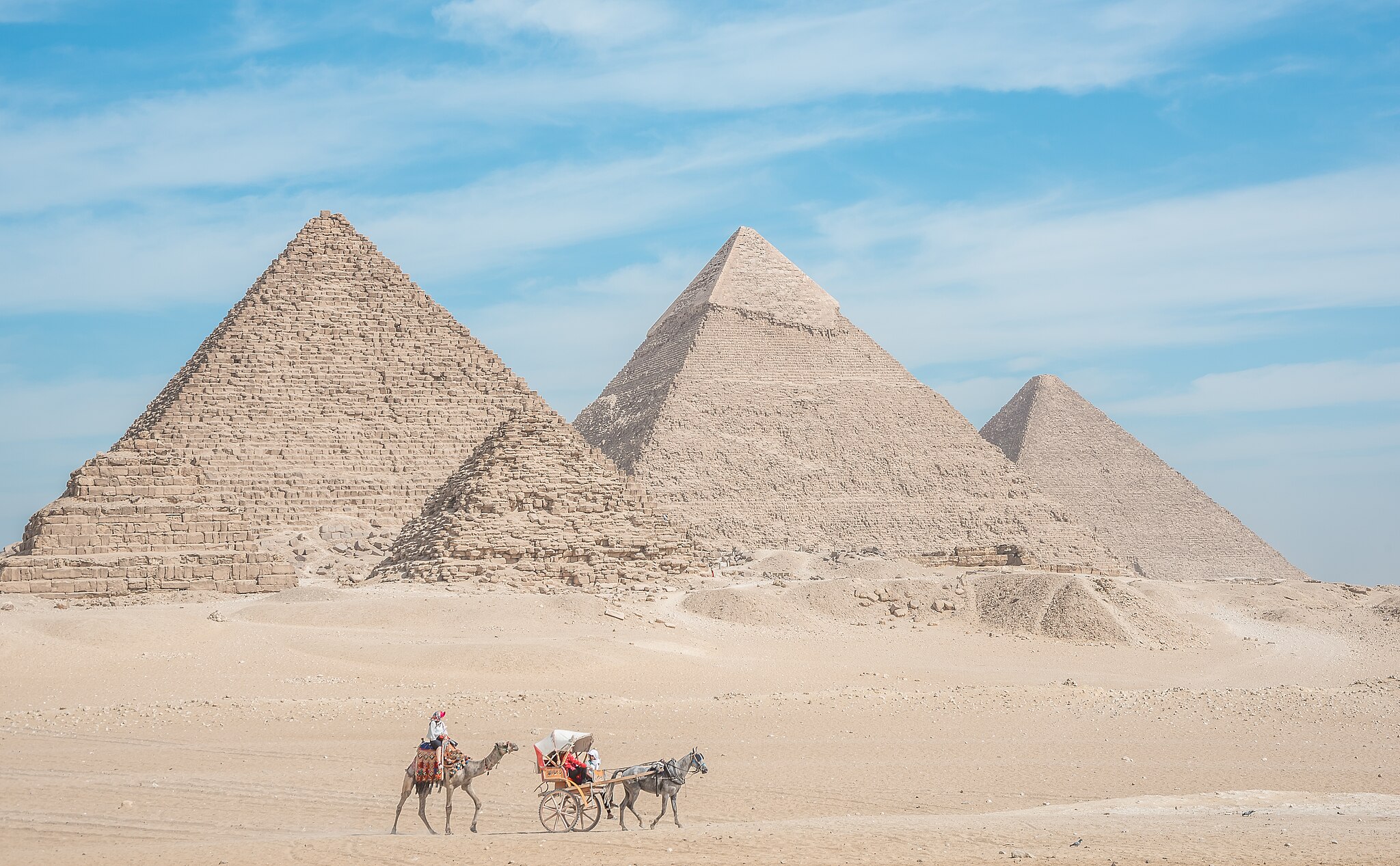
Ancient Egyptians, for instance, generated healing vibrations with the voice, manipulating vowel sounds through a method called toning, which was used to restore a harmonic condition in the body.
Success
You are now signed up for our newsletter
Success
Check your email to complete sign up
Ancient Egyptian temples, and even the pyramids, were built with powerful acoustics to amplify these, and other healing tones. Some pyramids were built over underground tunnels of running water, the resonating natural sounds of which promoted healing and wellness.
Indigenous wisdom keeper and archeologist, late Abd’el Hakim Awyan, explained in the documentary The Pyramid Code how the resonance in different chambers of the pyramids replicate the harmonic state of a given cavity in the human body, thus restoring balance and good health.
Maltese Hypogeum

Many centuries earlier, the famous megalithic temples of prehistoric Malta were constructed, including the Hypogeum of Ħal Saflieni. This underground temple was carved from stone around 3,000 BC, and seems to have been primarily used as a burial chamber.
Aside from the remains of several thousand people discovered within the subterranean space – which spans an area exceeding two tennis courts – it also includes a small Oracle Chamber, where a person could enter a spiritual state of trance through the resonance of his own chants, which were likely heard throughout the temple.
These stone temples are among the oldest standing structures in the world, yet they reflect an advanced spiritual development in their users. No trace of weaponry or defense were found among the civilization’s artifacts, and evidence points toward a healthy and harmonic population, living in tune with nature and the Divine.
Traditional Chinese medicine and music
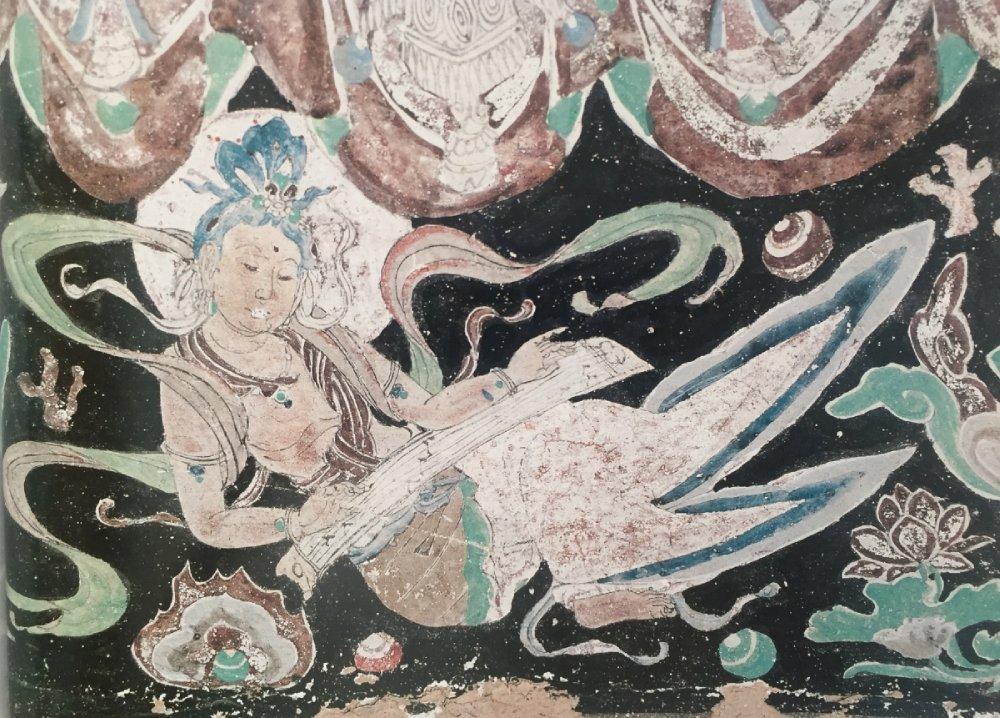
The Yellow Emperor’s Classic of Internal Medicine (黃帝內經 Huángdì Nèijīng), written 2,300 years ago, is China’s earliest known medical text and the foundation of traditional Chinese medicine (TCM). The book, which comprises two 81-chapter parts, expounds on the theories of yin and yang, and the five elements.
It is believed that everything in the universe is composed of the five elements: metal, wood, water, fire and earth; and that these elements govern one another in a way that maintains balance and harmony. Given that they are all-encompassing, there are, of course, many aspects to the five elements. Different colors, seasons, emotions, internal organs, and even musical notes can be said to belong to one of the five elements.
The composition of classical Chinese music thus used a pentatonic scale, consisting of five tones (五音). The five major notes on the pentatonic scale are called gong (宮), shang (商), jue (角), zhi (徵), and yu (羽); and approximate the heptatonic scale’s C, D, E, G and A, respectively.
According to the theory of Five Elements, each of these notes has the ability to influence one of the major internal organs, and was used in Chinese sound therapy treatments to help restore health in that area.
- Gong (宮) is characterized as an earth element, and is believed to strengthen the spleen.
- Shang (商) is characterized as a metal element, and is said to nourish the lung yin.
- Jiao (角) belongs to the wood element, and supposedly supports the liver.
- Zhi (徵) belongs to the fire element; it is said to nourish the heart and stimulate blood circulation.
- Yu (羽) is characterized as a water element, and is believed to nourish kidney yin, while reducing lung fire.
Sound of indigenous healers

Around the world, shamans and other indigenous healers connected with the spirit world through music. The medicine men of Native American tribes like the Cherokee (Tsalagi) and Navajo (Diné) used the healing power of the voice to restore harmony and vitality. They trained for many years to sing in healing ceremonies that could last for several hours, or even days.
Many indigenous tribes of Africa hold similar ceremonies for healing. Southern Africa’s !Kung tribe continues to use polyrhythmic singing rituals, with chanting and drumming that can last through the night; while the Shona tribe conducts rituals to invoke spiritual assistance through the use of a mbira – a deluxe thumb piano with dozens of keys.
Indigenous European tribes, likewise, had musical healing ceremonies. The Basca of Hungary are a clan of shamans. According to the late shaman and elder Joska Shooks, his shamanic teacher would sing without words in his work with spiritual energy and healing. The Sami people of Lapland have specific songs for healing, which are often accompanied by flat drums.
Monastic tones and mantras
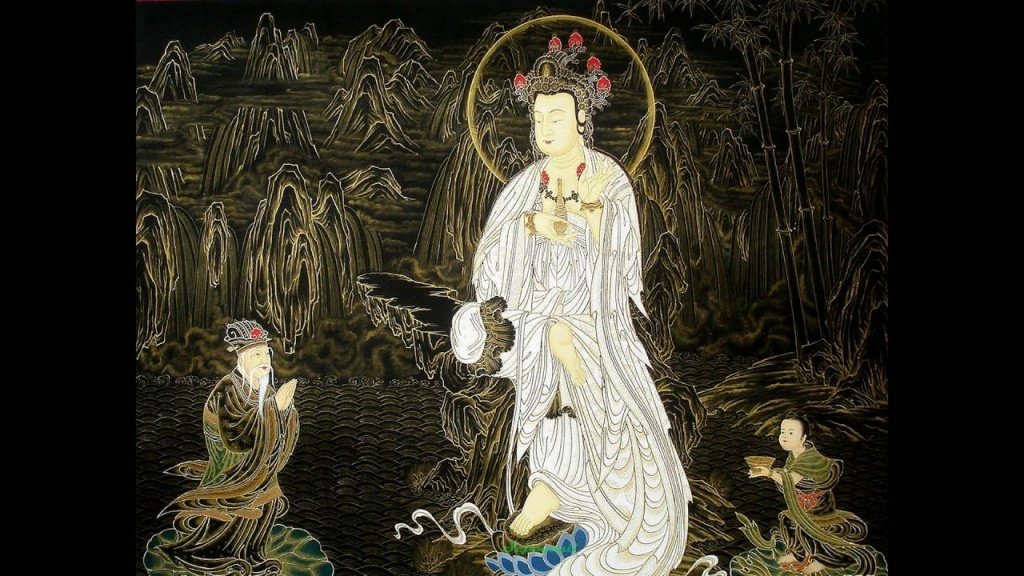
In monastic settings, sound is used as a potent tool for transformation and realization. Mantra, as defined from Sanskrit, is “that which uplifts by constant repetition.” Reciting sacred words can help raise one’s level of consciousness and imbue the whole body with positive energy.
The chants of Gregorian monks are well known for their beautifully moving music of sung prayers. Sworn to chastity, poverty, and obedience, the monks produce a sound and vibration that is pure, simple, and sacred.
An interesting study was conducted in 1967, revealing the power of monastic chants. French physician Alfred Tomatis observed a group of Benedictine monks who, for many generations, had maintained a rigorous daily schedule – with long hours of chanting and very little sleep.
With a change in the Abbot, a new schedule was adopted, which eliminated the chanting. The monks seemed to lose their vitality; they became lethargic and slept much more than usual. Following Tomatis’ suggestion, they resumed the traditional chanting, and their energy was quickly restored.
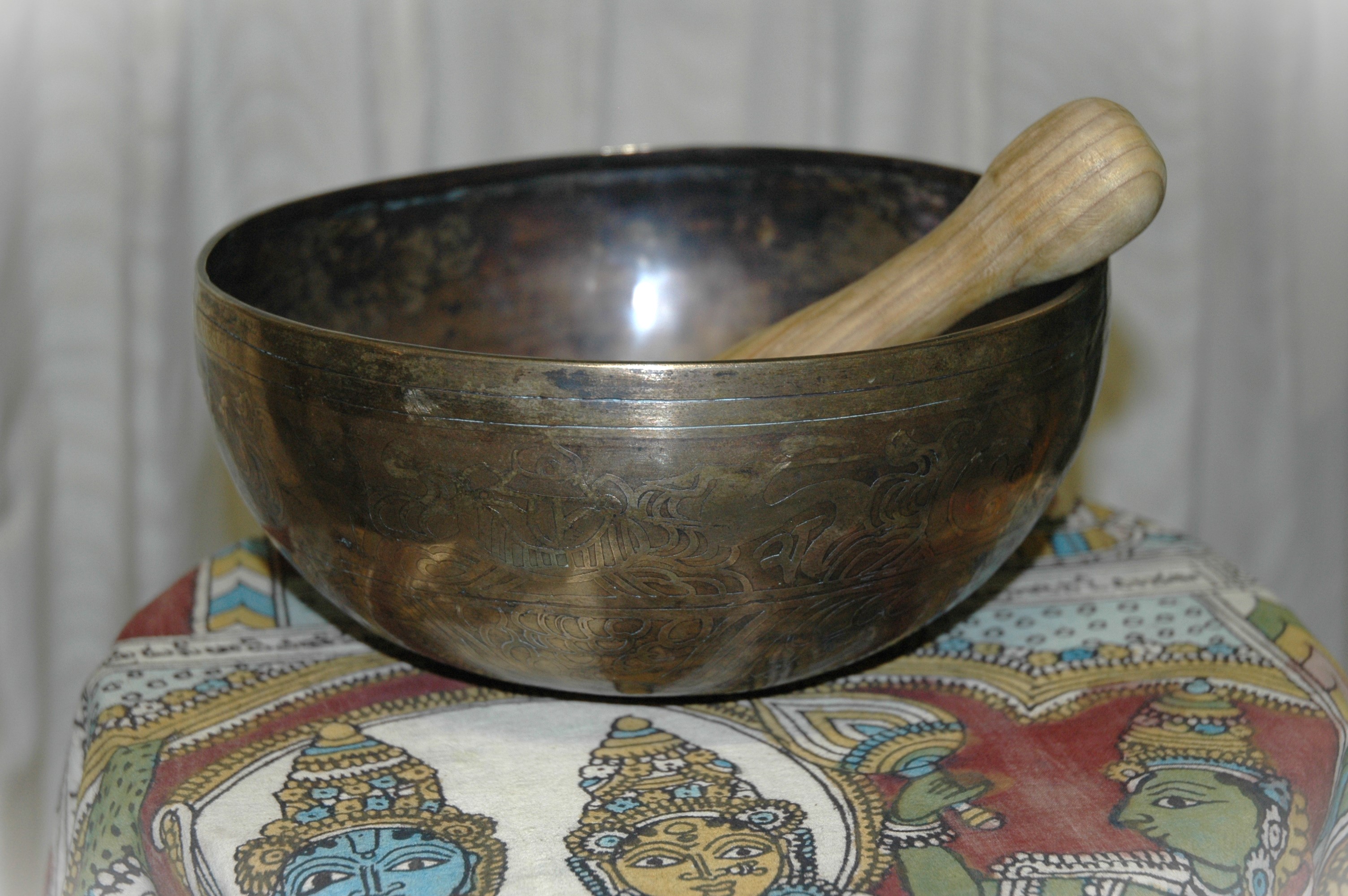
Singing bowls create mesmerizing tones when tapped or rubbed around the edge with a mallet. In recent years they have become popular tools for relaxation, meditation and wellness, and are now widely available in different sizes and materials.
Early singing bowls were made of bell-quality metal, like bronze. They are believed to have originated in Mesopotamia some 5,000 years ago; yet their historic use by Tibetan monks is at the root of their popularity today. Little is known about the monks’ esoteric practices, but it is said that the resonating sound of the bowl spoke directly to the heart, and served to awaken and strengthen one’s Buddha nature.
On a similar note, the Buddha predicted to achieve enlightenment on Earth and save all humanity with a compassionate heart has been called “Maitreya,” which can be translated as “harmonic resonance.”







